Introduction to 3E Shredders
The 3e shredder category encompasses a variety of shredding machines designed to meet the diverse needs of material processing and waste management. These shredders are engineered to break down a range of materials, from plastic components to other recyclable materials, facilitating efficient waste handling and recycling processes.
Types and Applications
Shredders within the 3e shredder lineup are available in multiple configurations, each tailored for specific applications. From single-shaft models for general plastic crushing to more robust multi-shaft designs for complex materials, these shredders serve an essential role in waste reduction across industries such as manufacturing, recycling, and waste management.
Features and Design
The design of a 3e shredder focuses on durability and efficiency. Features often include high-torque mechanisms, advanced control systems, and customizable blade configurations, which together enhance the shredding process. The construction of these machines typically involves wear-resistant materials that withstand the rigors of shredding operations.
Materials Processed
Industrial shredders in this category are capable of processing a wide array of materials. This includes but is not limited to plastics, paper, metal, and electronic waste. The versatility of these shredders makes them a valuable asset in various recycling and waste management strategies.
Advantages of Utilizing 3E Shredders
Utilizing a 3e shredder offers numerous advantages such as improved waste management, enhanced recycling rates, and the reduction of space required for waste storage. These shredders are designed to be energy-efficient, reducing operational costs while contributing to environmental sustainability.
Environmental Impact and Sustainability
The role of shredding machines like the 3e shredder is pivotal in promoting environmental sustainability. By converting waste into manageable sizes, these machines facilitate recycling and reduce the ecological footprint of waste disposal, aligning with global efforts towards a more sustainable future.
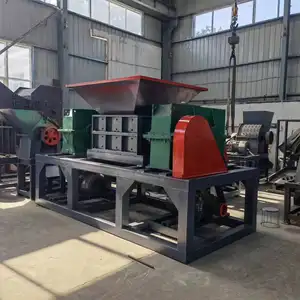


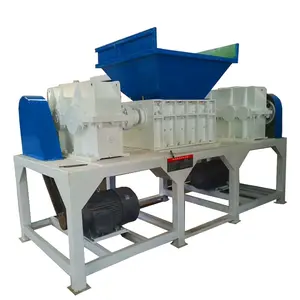

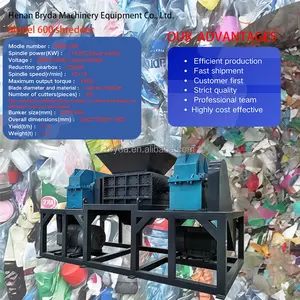

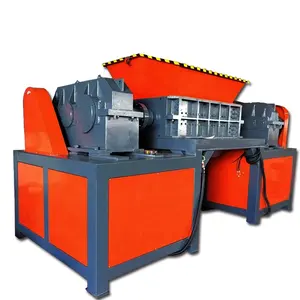

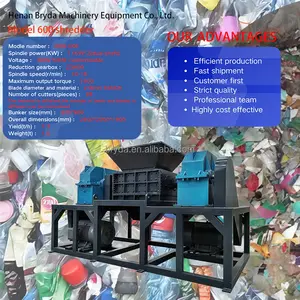

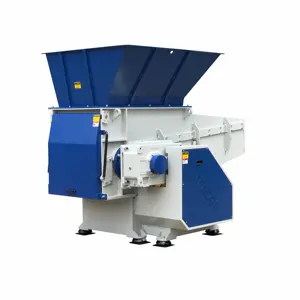
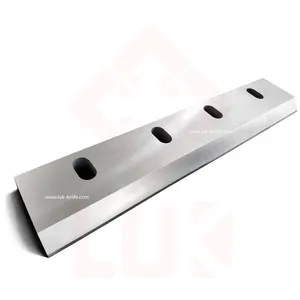
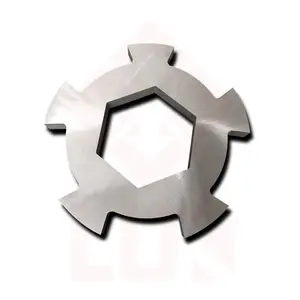

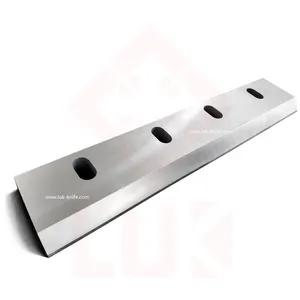


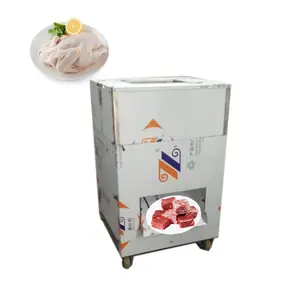
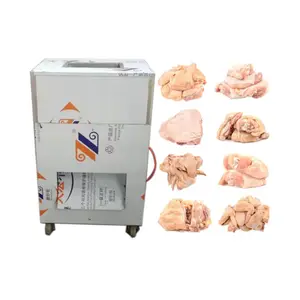

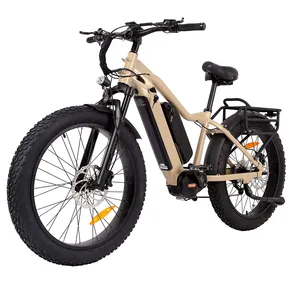

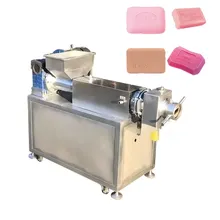
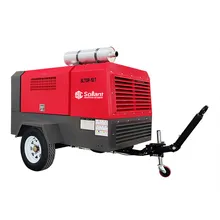
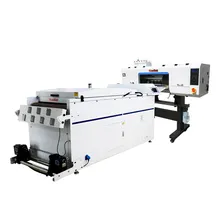
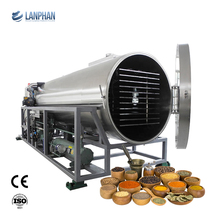
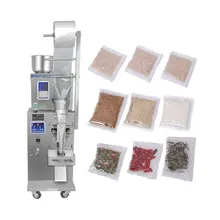

























 浙公网安备 33010002000092号
浙公网安备 33010002000092号 浙B2-20120091-4
浙B2-20120091-4